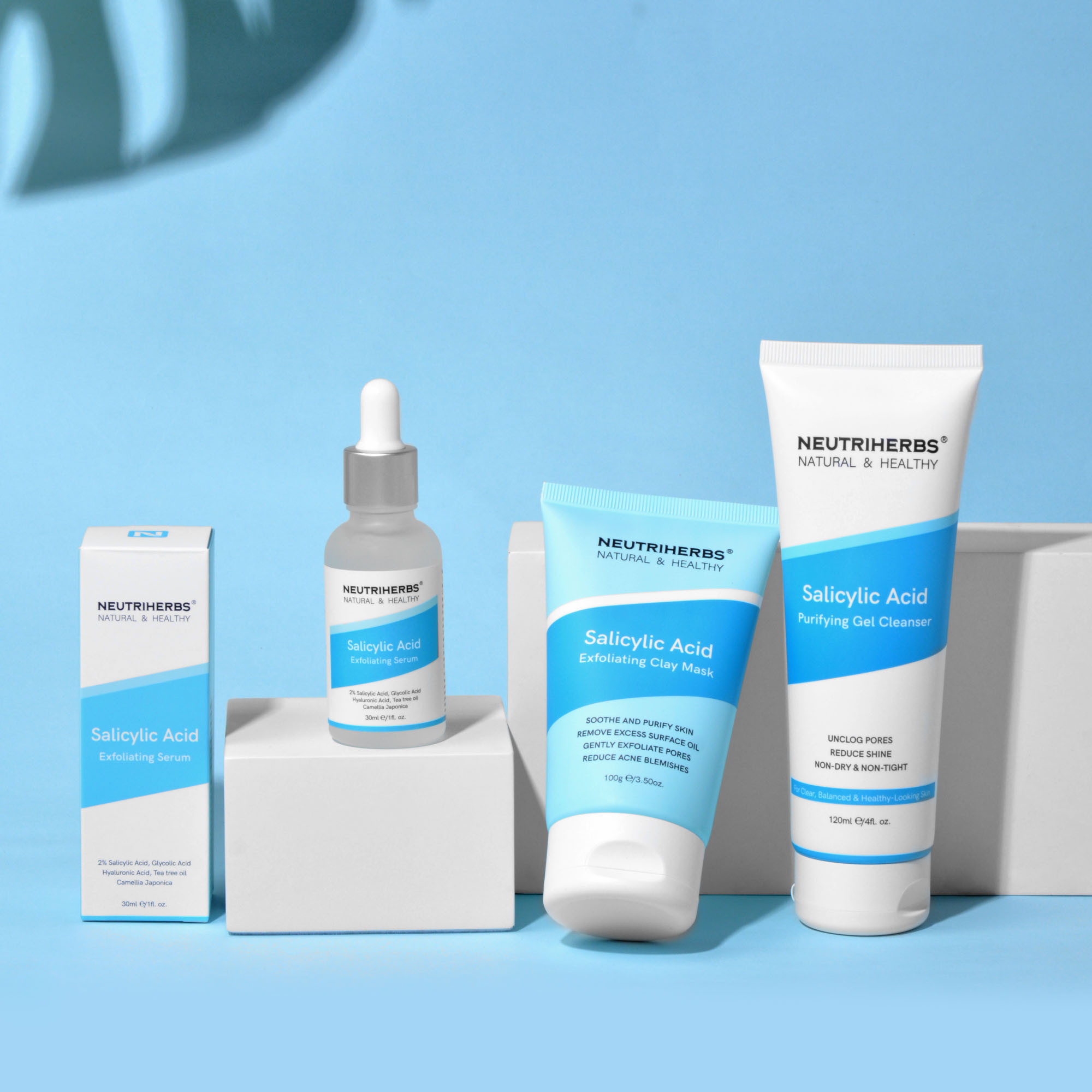
How and when to use salicylic acid
Most people will do whatever it takes to get a stain and marks off their skin. Fortunately, there are plenty of acne treatments available in shops. The majority of the potent acne treatments you test probably have salicylic acid as their main component.
However, not all salicylic acid cleansers have the same components, and some may not be suitable for your skin type. Salicylic acid for breakout-prone skin, who should (and shouldn’t) use it, and the best cleansers for clear, healthy skin will all be covered in greater detail.
Who requires a salicylic acid-based cleanser?
Products containing salicylic acid probably pop out at you like a jack-in-the-box when you browse the skincare department. This acne-fighting component may be found in a variety of products, such as face washes, masks, foundations, and lip balms, but is it suited for all skin types?
Salicylic acid’s stellar qualities stem from its capacity to maintain healthy skin and prevent acne. It accomplishes this by clearing clogged pores and eliminating extra oil. Because of this, the substance is especially helpful for oily or acne-prone skin, but it can also be used to lighten blemishes and acne scars.
Salicylic acid has been regarded as helpful in anti-ageing products even though it is a successful acne treatment. The acid acts as an exfoliator, removing dead skin cells and encouraging the production of new ones. The skin seems smoother and younger overall because of this newly formed layer.
What chemicals in a salicylic acid cleaner are harmful?
We require an immediate and potent remedy to restore our skin’s normal state after an eruption. However, the abundance of salicylic acid cleansers on the market may also have skin-harming components that could cause your skin to experience unpredictable reactions.
Retinol and salicylic acid are one of those combos that are bad for the face, much like oil and water. It’s better to stay away from these two potent substances because they can dry out your skin and irritate it. Salicylic acid, a beta-hydroxy acid, does not combine well with vitamin C because the acid can destabilise the vitamin and perhaps make it inert.
Glycolic acid and salicylic acid, two chemical exfoliants, can be combined to give your face a twofold intensity. Severe dryness and sensitivity, especially to light, could result from this. It is recommended to gradually incorporate this potent acid into your skincare regimen while keeping in mind which elements salicylic acid prefers and dislikes.
How to apply a salicylic acid-containing cleanser
Salicylic acid is most suited for oily, acne-prone skin, but unlike other skin care products, your body may not respond the same way to this potent component for zits.
Early on in the use of a salicylic acid cleanser, side symptoms including dryness, burning, and irritation are frequent, but they should subside over time. You’ll need to be extra careful with sun protection because your skin will also be more susceptible to sunlight.
Utilize a salicylic acid cleanser with caution unless you are certain that your skin can withstand it. Apply it for a couple of days to start, and notice any adverse effects and how your skin responds. If it becomes inflamed, you’ll need to take a day or two off and possibly pay more attention to your water. Check-in with your skin.

